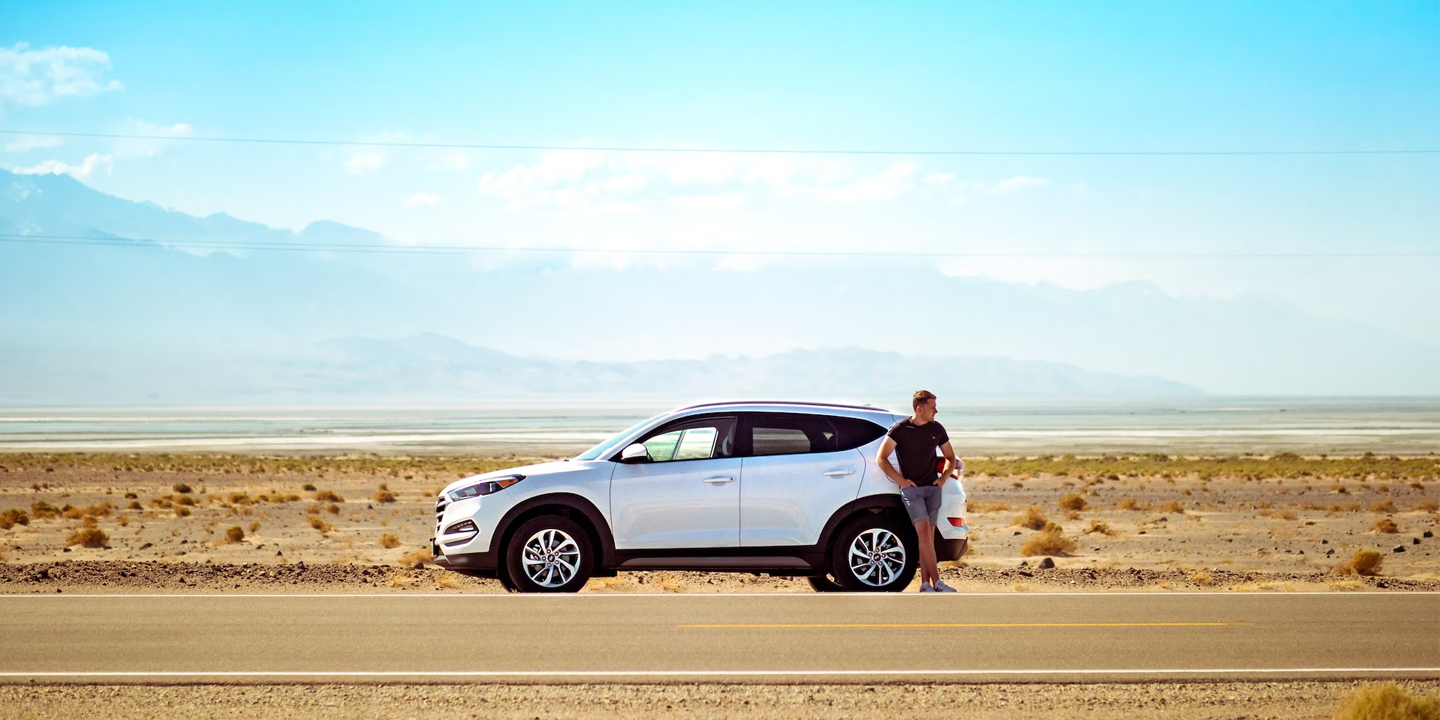Life In The Slow Lane
Nobody loves traffic, but in some cities it’s practically a way of life. Commuters spend hours just getting to and from work, often longer than their actual shifts. The daily grind eats into sleep, family time, and any hope of balance. Still, millions push through it every single day, because in such places, commuting is a defining feature of city life. So, here are 20 cities where commuting can feel more exhausting than the work waiting at the other end.
1. Manila, Philippines
Commuting in Manila ranks among the most grueling in the world, with average travel times stretching well beyond an hour each way. That’s because Jeepneys, the city’s iconic yet outdated transport backbone, still dominate despite limited capacity and pollution concerns. Plus, flood-prone roads and narrow streets magnify gridlock.
2. Bogotá, Colombia
Rush hour in Bogotá often feels like a test of endurance, as the TransMilenio bus system operates far beyond its intended capacity. Besides, the city’s mountainous geography restricts road expansion, worsening congestion on limited routes.
 Mariordo (Mario Roberto Durán Ortiz) on Wikimedia
Mariordo (Mario Roberto Durán Ortiz) on Wikimedia
3. Mumbai, India
Few cities capture the chaos of commuting like Mumbai, where local trains are packed so tightly that commuters risk hanging onto doors. And when the monsoon rains arrive, floods regularly bring transit to a standstill, stranding passengers in stations and on roads.
4. São Paulo, Brazil
São Paulo’s tangled road network funnels into a congested core where dozens of highways converge, creating bottlenecks that stall traffic for miles. Seasonal flooding regularly worsens these jams, further submerging low-lying roads and paralyzing key arteries.
5. Jakarta, Indonesia
Jakarta’s commuters face some of the longest daily journeys in the world, with hours lost to sprawling traffic jams. The city’s rapid urban sprawl connects to satellite hubs like Bekasi and Tangerang, forcing millions to travel long distances for work. While elevated metro lines exist, they remain limited in coverage.
6. Cairo, Egypt
Each morning in Cairo begins with a network strained well beyond its capacity, where the metro system—one of Africa’s oldest—runs packed wall to wall during peak hours. To bridge service gaps, informal minibuses flood the streets, offering affordable but chaotic rides through gridlock.
7. Istanbul, Turkey
Commuters in Istanbul often face long hours crossing the Bosphorus bridges, where traffic bottlenecks can stretch for miles each day. Besides, metrobus lanes were introduced in an attempt to cut travel times, yet crowding and delays are still common.
 Grzegorz Jereczek from Gdańsk, Poland on Wikimedia
Grzegorz Jereczek from Gdańsk, Poland on Wikimedia
8. Lagos, Nigeria
In Lagos, commuting revolves around the bright yellow minibuses known as danfos, which form the backbone of daily travel for millions of residents. However, journeys are frequently slowed by gridlocks that stretch for miles, compounded by broken-down vehicles blocking key routes.
9. Mexico City, Mexico
The daily grind in Mexico City is shaped by an immense reliance on the metro, which serves millions yet remains persistently overcrowded. Minibuses and peseros carry much of the suburban population, while air pollution thickens during peak traffic.
 Daniel Manrique (Roadmaster) on Wikimedia
Daniel Manrique (Roadmaster) on Wikimedia
10. Nairobi, Kenya
Brightly painted minibuses known as matatus dominate daily commutes, setting the rhythm of the city’s traffic. Frequent accidents stall movement further, pushing many commuters to walk long stretches. Even newly built expressways remain underused, as toll costs limit access.
11. London, United Kingdom
During rush hour, Tube delays ripple through the entire network and slow down travel across the city. Strikes add another layer of disruption, affecting both underground and rail services. As a result, cycling has become a common commuting alternative.
12. New York City, United States
This city’s subway runs nonstop but suffers from frequent delays that disrupt daily schedules. Commuters arriving from New Jersey and Long Island crowd into Penn Station, creating constant congestion. To ease road pressure, the city has expanded biking lanes, which are now a regular part of commuting.
13. Paris, France
In Paris, RER trains connect the outer suburbs to the city but are usually overcrowded during peak hours. Strikes and protests regularly shut down large parts of the transit system, adding to the difficulty. Narrow historic streets further complicate traffic flow.
14. Bangkok, Thailand
Commuting in Bangkok is shaped by a mix of modern and traditional transport. The BTS Skytrain helps ease congestion in central areas but does not extend to many outer districts. Tuk-tuks provide short rides yet clog narrow lanes, and heavy rains make daily gridlock even worse.
15. Buenos Aires, Argentina
In Buenos Aires, colectivos rule the streets, carrying the majority of daily commuters through the city. Its Subte subway network helps, but its limited reach leaves many neighborhoods without coverage. Even iconic 9 de Julio Avenue faces relentless congestion, proving no road is immune.
16. Karachi, Pakistan
Karachi’s buses and minibuses dominate daily commutes, but many are decades old and considered unsafe. Rickshaws step in to cover areas where buses fail to reach, and with limited metro infrastructure and only BRT systems in place, road congestion remains the unavoidable norm.
17. Hong Kong, China
Skyscraper density and limited land make Hong Kong one of the most challenging cities for commuters. Here, average travel times often exceed an hour, even with the MTR operating at world-class efficiency. Moreover, rush hour crowds pack trains beyond comfort.
18. Moscow, Russia
Ornate metro stations in Moscow handle huge passenger flows while doubling as architectural landmarks. Bitter winters push more people underground as aboveground traffic slows to a crawl. Plus, several concentric road rings jam every day, forcing drivers into long delays.
 Vyacheslav Argenberg on Wikimedia
Vyacheslav Argenberg on Wikimedia
19. Seoul, South Korea
High-tech subway trains with features like heated seats move millions of passengers daily across Seoul’s vast network. Suburban sprawl stretches far beyond the city boundaries, and express buses fill highways during peak hours, adding to already heavy congestion.
20. Negev, Israel
Vast distances across the Negev desert create some of Israel’s longest commutes. Many residents travel from scattered towns to larger hubs such as Be’er Sheva, relying on buses that run across limited desert highways. Rail lines connect Be’er Sheva to Tel Aviv and Jerusalem, but long travel times remain common.
























